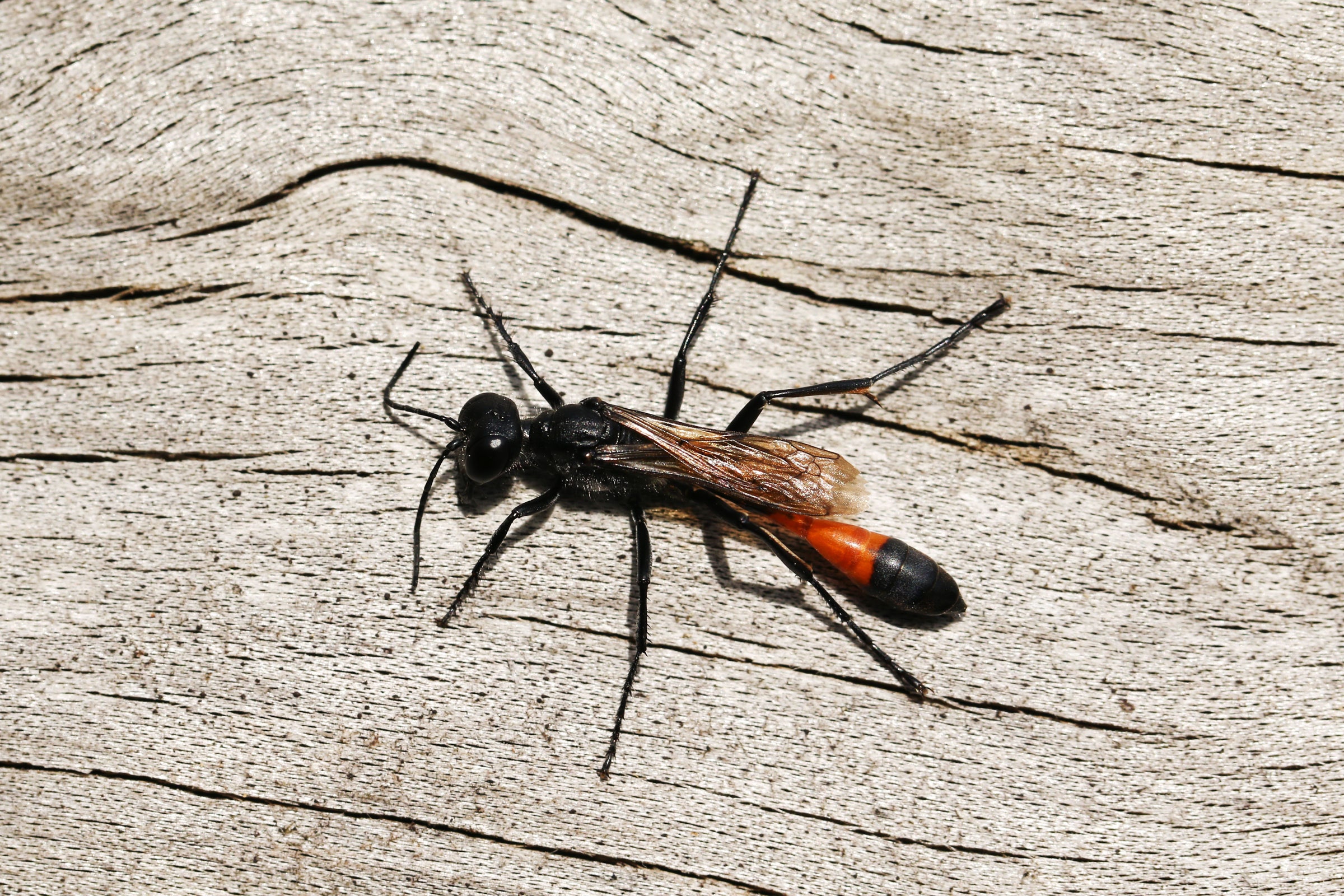
What is the most feared insect? Mosquitoes deserve a vote, spiders are scary (although technically they aren’t insects), and I’m not a fan of horseflies. And then there’s the wasp.
I have learned to stay well away from all the varieties of these narrow-waisted insects (suborder Apocrita of the order Hymenoptera), which include yellowjackets and hornets. They don’t make honey and they have a painful sting. What are they good for?
Actually, quite a lot, according to the article “What’s the Point of Wasps, Anyway?” by Damian Carrington (https://www.wired.com/story/whats-the-point-of-wasps-anyway/?). They simply have been getting bad press.
But now all that may change. A comprehensive study, recently published in the journal Biological Reviews, analyzed 500 scientific reports on stinging wasps. Some background: there are 100,000 known wasp species, but 70,000 are stingless parasites, which have already been well studied because they can be used in agriculture to control pests. This compares to about 22,000 bee species. Wasps actually came first. According to Professor Seirian Sumner at University College London and a coauthor of the analysis, “Bees are wasps that have forgotten how to hunt.”
And hunt they do. They’re the insect world’s top predator. For example, common hunting wasps can control the fall army worm that attacks maize crops in Brazil, as well as a borer moth that eats sugarcane. The most effective species for insect control live in large colonies. “So you’re having lots of hunters going out there and removing insects and arthropods,” said Sumner.
Then there are the solitary species. “Their venom has an incredible cocktail in it that paralyzes the prey and also has lots of antibiotics in it,” said Sumner. Many solitary wasps bury their eggs with paralyzed prey to provide a source of preserved food for their larvae. For us humans, wasp venom, saliva, and larval secretions have long been recognized for their antimicrobial properties and have been used in traditional medicine.
As you might guess, wasps are pollinators, too. Professor Sumner’s analysis found evidence of wasps visiting at least 960 plant species, of which 164 were completely dependent on them for pollination. Hunting wasps visit flowers to feed on nectar, as the insects they catch are saved to be fed to their nested larvae. We don’t know if this actually pollinates plants. “But what’s likely to be useful are the much-hated yellowjackets because, when you put those under a microscope, they’re really quite hairy and can be covered in pollen,” Sumner said.
And if you need any more reasons, they are edible, especially the larvae, which are eaten by people around the world, from Japan to India to Venezuela.
So all of the species in the wasp family deserve our respect, but for many more reasons than just their sting.
